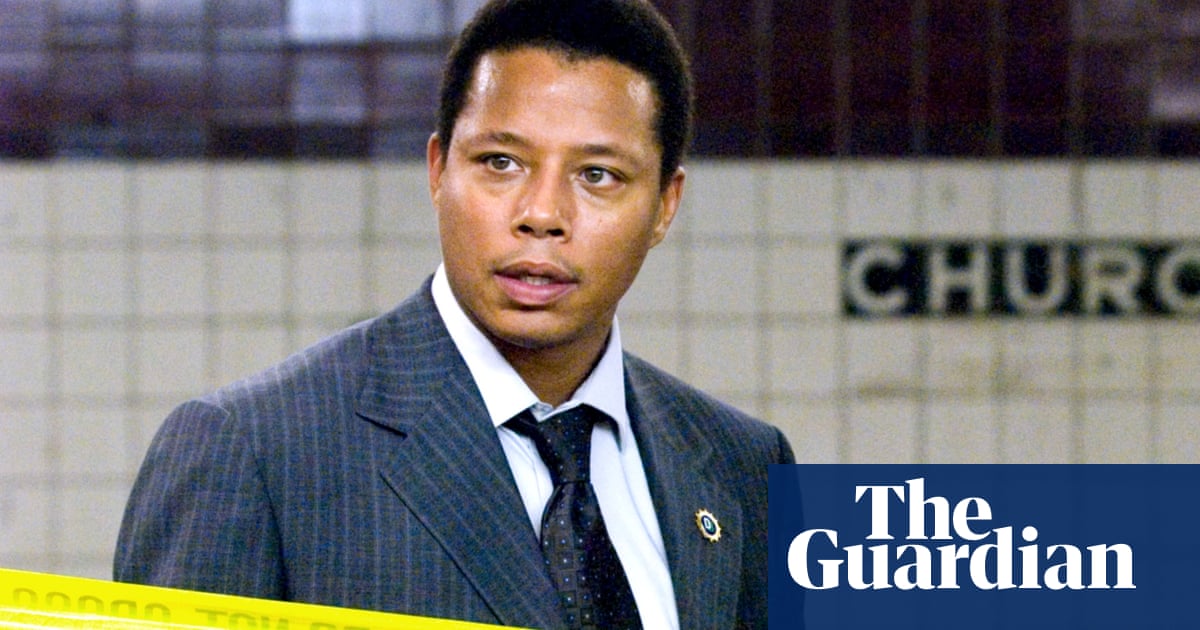Terrence Howard's recent comments regarding his refusal to portray Marvin Gaye in a biopic highlight various cultural and social dynamics, particularly concerning masculinity and sexuality in Hollywood. His statements have sparked conversation about the intersection of personal beliefs, professional choices, and societal expectations.
Cultural Implications of Howard's Refusal
Howard's rejection of the role due to the potential for on-screen intimacy with another man raises questions about traditional masculinity. His insistence that he would "cut [his] lips off" rather than kiss a man reflects a deeper anxiety about male vulnerability in a public space. This perspective can resonate with certain segments of society that view such acts as contradictory to conventional male norms. The backlash or support he might receive could reinforce or challenge these societal standards, showcasing the ongoing struggle between evolving cultural perceptions and entrenched beliefs.
Audience Reaction and Community Impact
The reaction to Howard's comments will likely vary across different demographics. Some may find his stance refreshing, aligning with traditional views of masculinity, while others could interpret it as homophobic or regressive. His assertion that not wanting to kiss a man does not make him homophobic could be seen as an attempt to navigate a complex social landscape where ideas about sexuality and identity are rapidly changing. The implications of his statements may foster discussions within communities about acceptance, expression, and the role of public figures in shaping these narratives.
Media Manipulation and Public Perception
The article's framing may also influence public perception. By highlighting the sensational aspects of Howard's comments, the media could be steering conversations towards a more polarized viewpoint, potentially sidelining nuanced discussions about sexuality and representation in media. This approach can create an environment where audiences are encouraged to take sides rather than engage in constructive discourse.
Comparative Analysis with Other Media
When compared with other reports on Hollywood's engagement with LGBTQ+ narratives, Howard's comments represent a stark contrast. Many recent films and media productions have embraced more inclusive storytelling, challenging traditional norms. This divergence suggests a broader cultural schism where older paradigms of masculinity clash with contemporary ideals of gender expression and sexual fluidity.
Potential Societal Consequences
In the wake of such statements, there could be broader repercussions for the film industry, influencing casting decisions and the types of narratives that are promoted. Filmmakers may reconsider how they approach projects that involve complex portrayals of identity, sexuality, and masculinity, potentially leading to a more inclusive environment. However, it could also provoke backlash from segments of the audience that resist these changes, leading to cultural tension.
Implications for Financial Markets
While this specific news piece may not directly impact stock markets, it reflects the larger cultural trends that can influence entertainment industry dynamics. Companies focusing on diversity and representation may see a positive response, while those perceived as out of touch with contemporary values might face challenges. This discourse can indirectly affect investments in media companies that are scrutinized for their portrayal of gender and sexuality.
Relevance in Today's Sociopolitical Climate
The discussion surrounding Howard’s comments is particularly pertinent in today's sociopolitical environment, where issues of representation and identity are at the forefront of public discourse. The ongoing evolution of societal norms around gender and sexuality makes conversations like this one significant, as they reflect broader trends in acceptance and understanding.
Use of AI in Reporting
There is no explicit indication that AI was used in the writing of this article. However, the structured presentation of Howard's quotes and the emphasis on specific phrases may suggest a model of content creation where AI tools could assist in organizing information. Such tools might shape narratives by highlighting certain viewpoints while minimizing others, though the extent of this influence would require further examination.
Overall, the reliability of this news piece hinges on its factual representation of Howard's statements and the context surrounding them. Given the clarity and direct sourcing of his quotes, the article appears credible. Nonetheless, the framing and interpretation of his words may lead to varied perceptions among audiences, indicating a complex interplay of truth and interpretation in media discourse.
